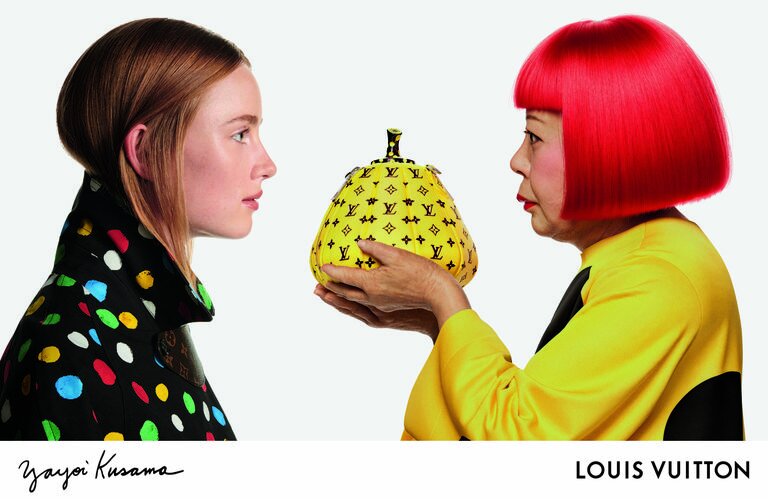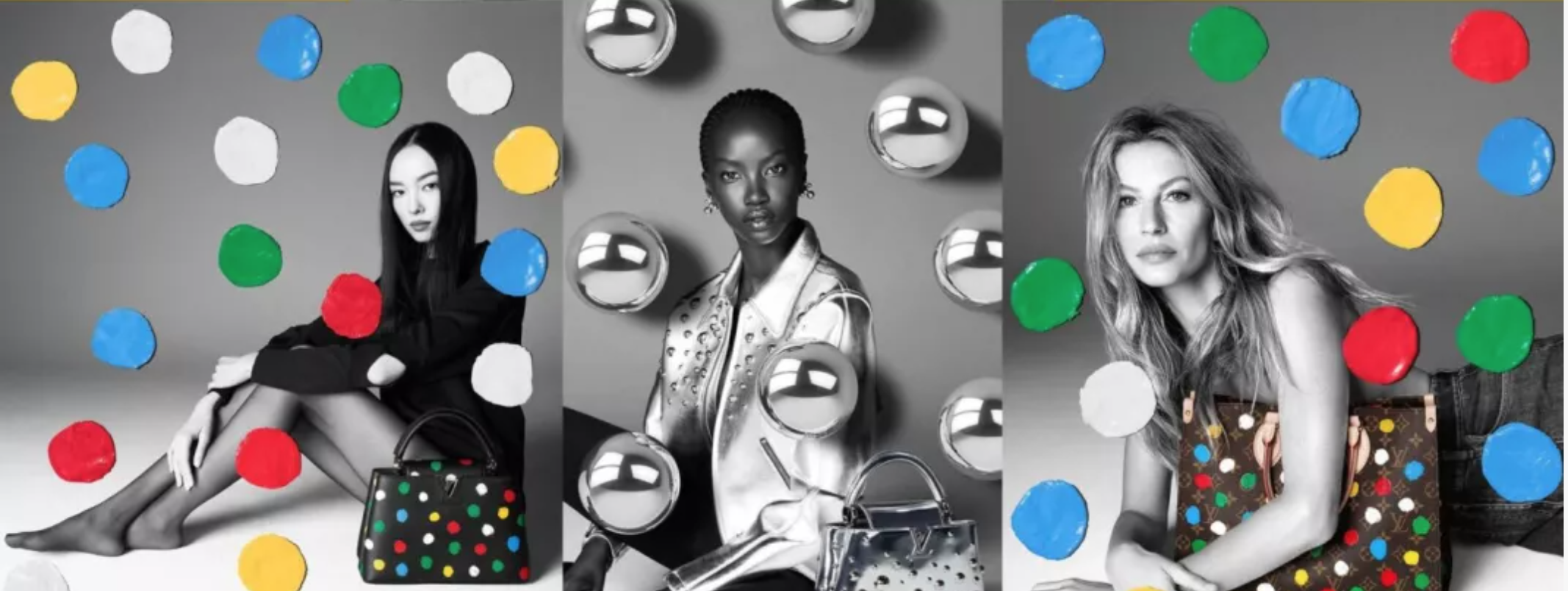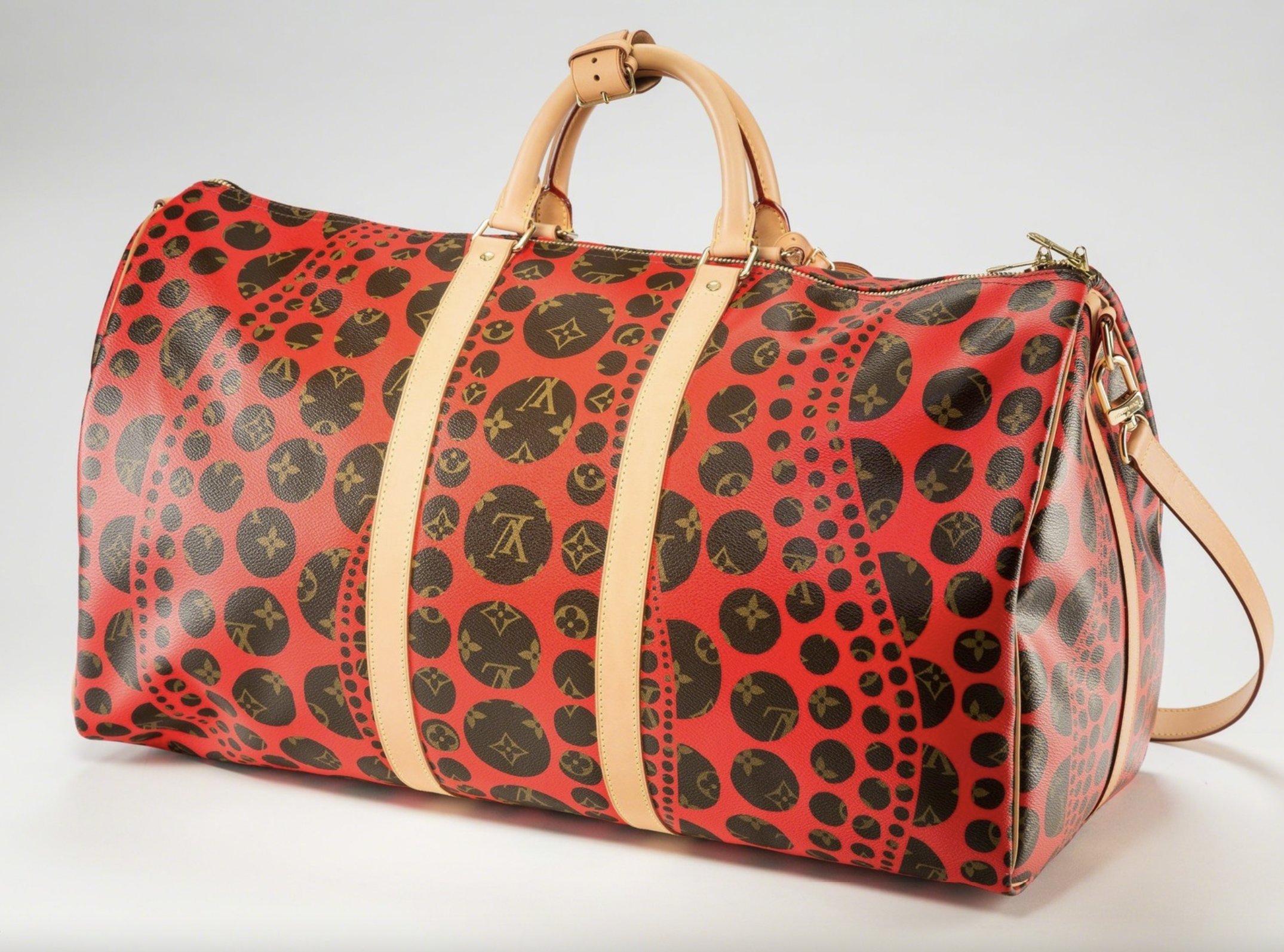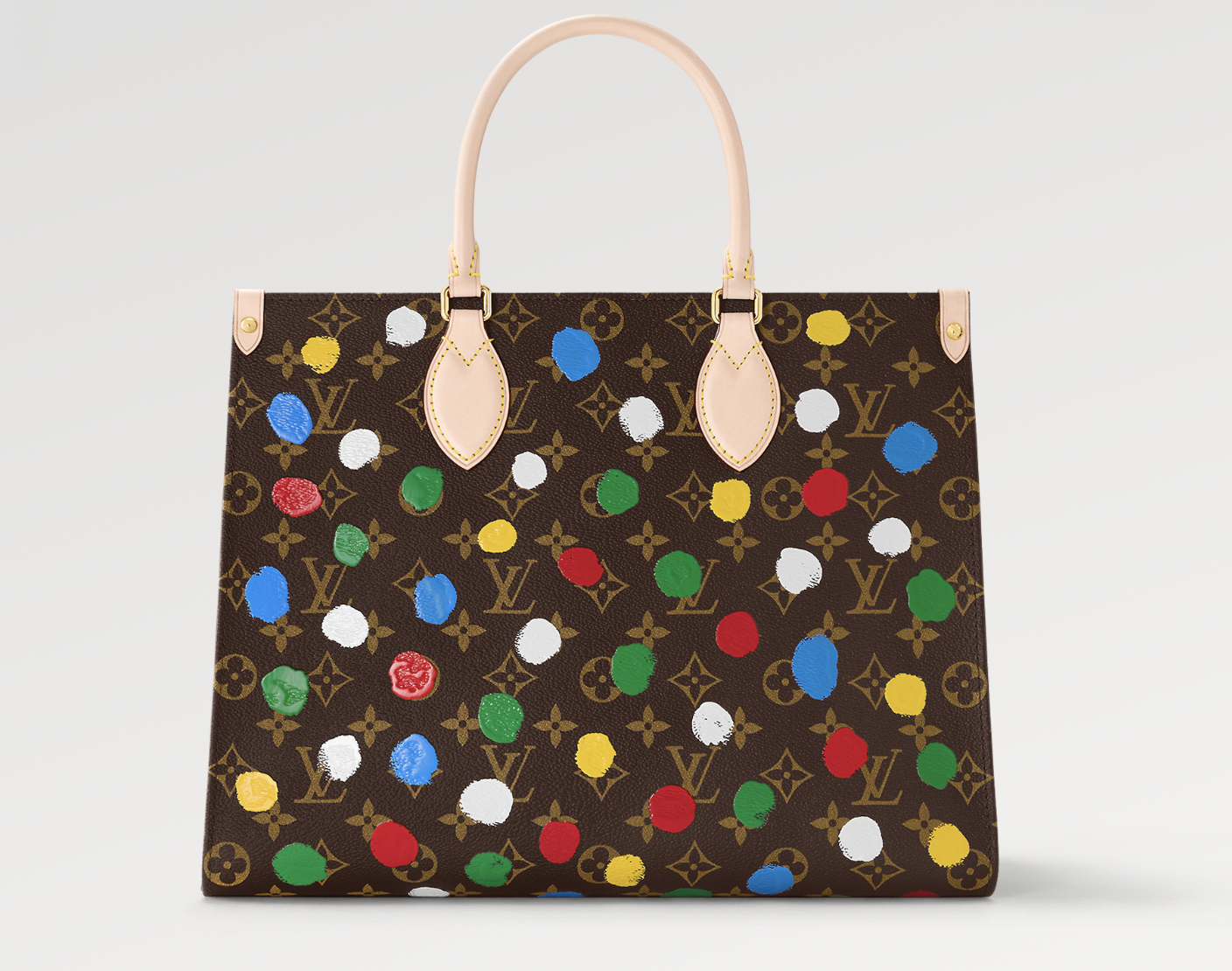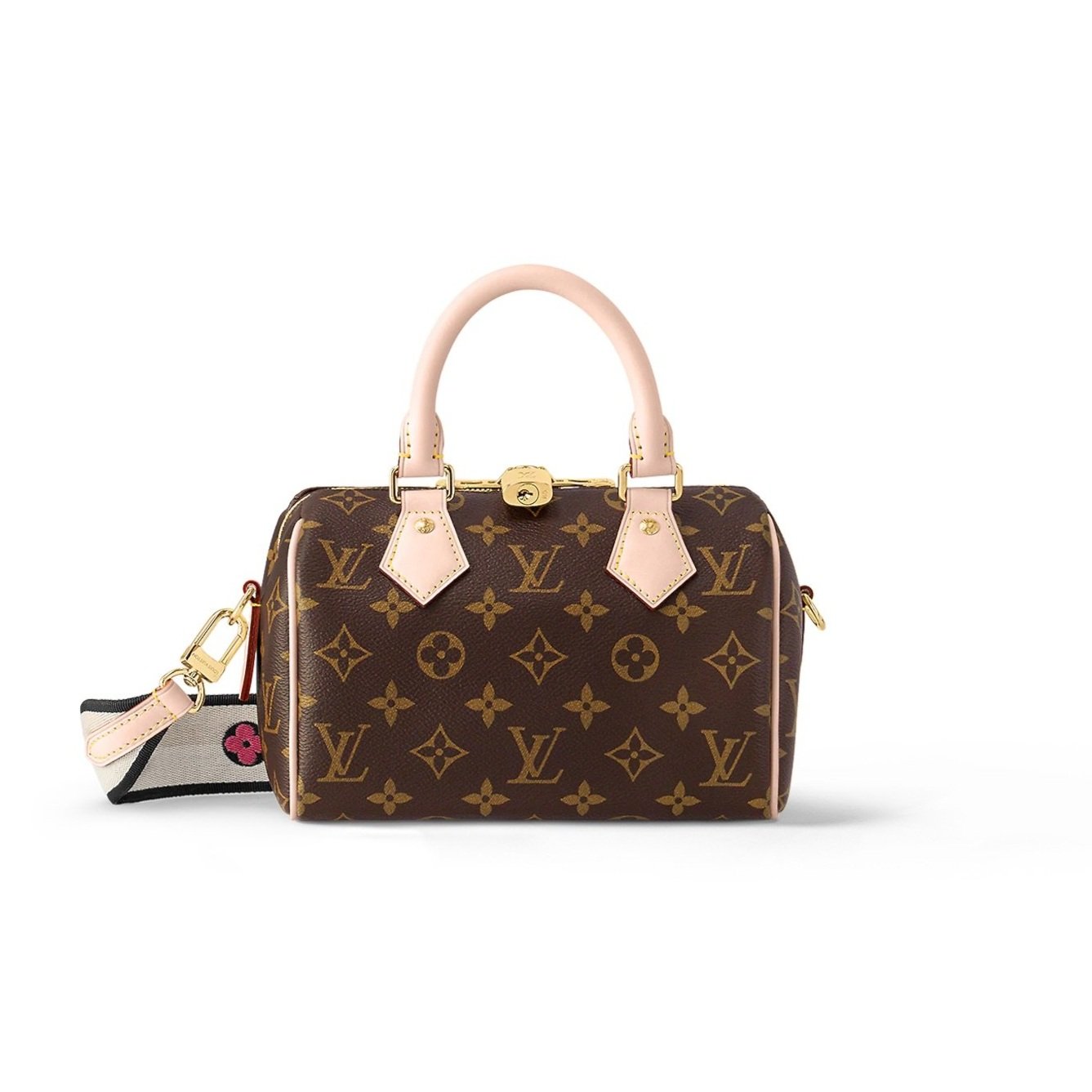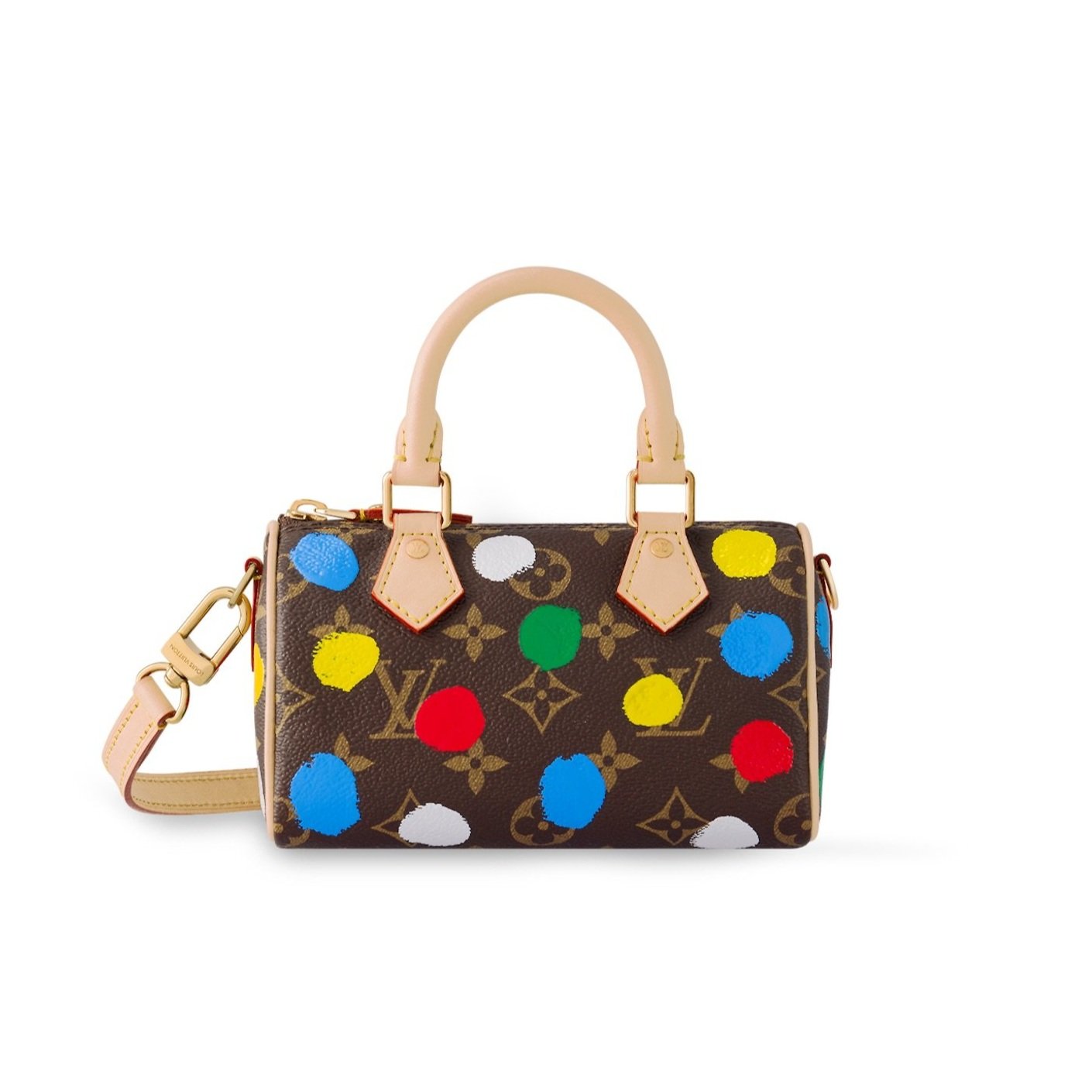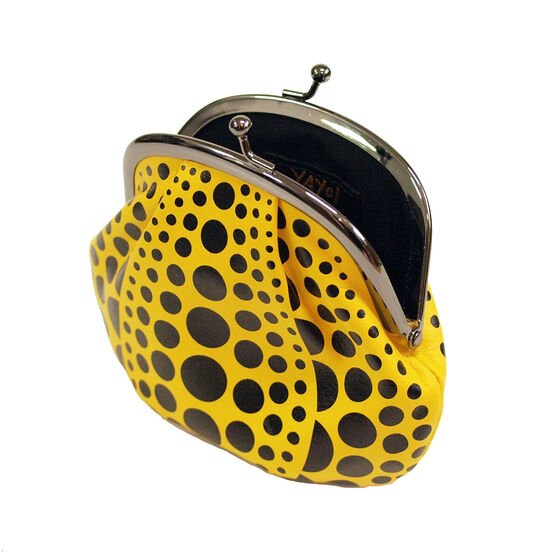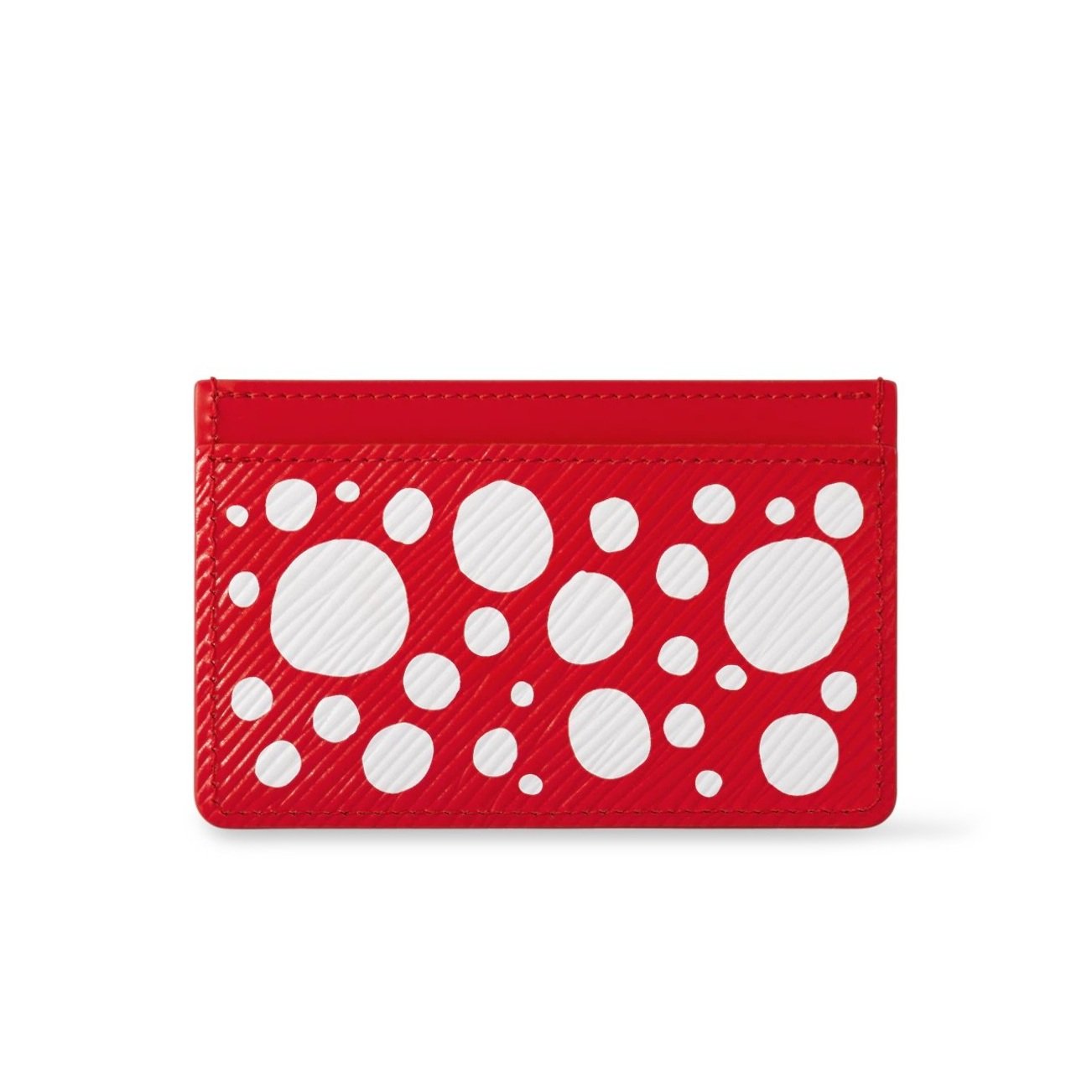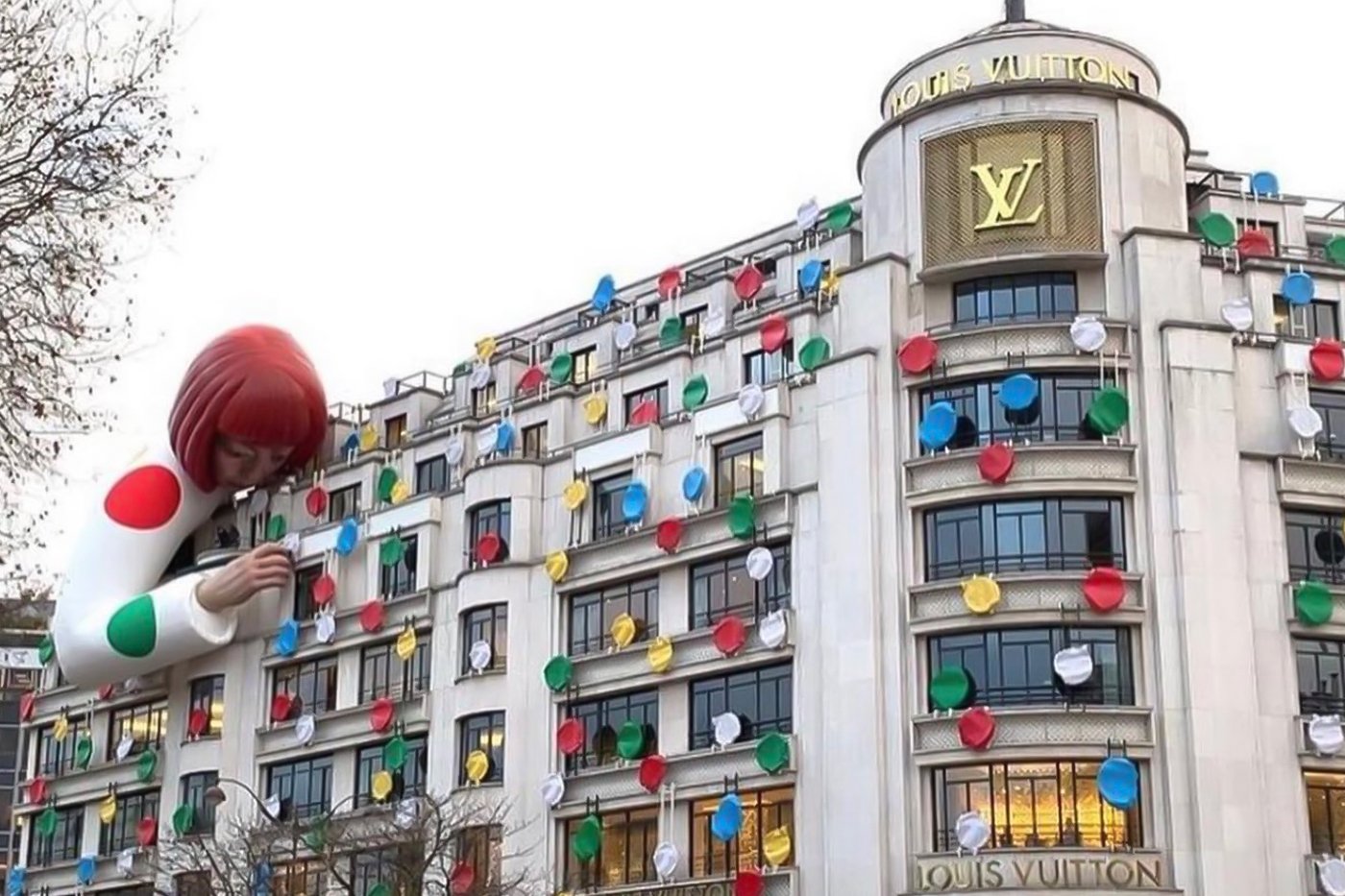Louis Vuitton x Yayoi Kusama: A Fresh Take or Careless Mistake?
Louis Vuitton and Yayoi Kusama, two of the most iconic names in fashion and art, have recently collaborated on a highly anticipated collection which has been met with mixed reviews from the art and fashion communities. Despite the excitement for the reunion after their first collaboration in 2012, the new collection has faced criticism for being too commercial and deviating from Kusama's original style. Some, however, have praised the collection for its playful use of colour and pattern.
Louis Vuitton x Yayoi Kusama 2022 advertisement campaign. Courtesy of Louis Vuitton.
In 2012 luxury lovers were presented with the first collaboration between Louis Vuitton and Kusama. Under the creative direction of Marc Jacobs, the collection was a hit. It included iconic Louis Vuitton bags such as the Keepall, Neverfull, Papillion, and Speedy, all adorned with Kusama's iconic polka dots and other motifs. Today, those bags are both highly valued and greatly coveted by fashion fans and collectors.
Now, ten years later, in 2023, Louis Vuitton has reunited with Kusama, this time incorporating her iconic style into bags and clothing designed by Nicolas Ghesquière. Unfortunately, the collection reappeared with the same items and designs from 2012, which has raised questions about the originality of this new iteration. Some critics argued that Louis Vuitton is relying on the artist's fame and reputation to heighten buzz for the brand rather than creating new and innovative designs that highlight the fresh originality of both the artist and the fashion house.
Louis Vuitton x Yayoi Kusama 2022 advertisement campaign. Courtesy of Louis Vuitton.
One of the main criticisms of the collection is that the collaboration prioritises selling luxury goods rather than showcasing the artist's innovation. In the previous collaboration, the Louis Vuitton logo and Kusama’s dots were seamlessly merged to create a new type of motif. Now Kusama’s polka dots have been lazily printed on top of Louis Vuitton’s bags – and they do not even look to have been drawn by the artist’s hand...
This evidence suggests that Louis Vuitton is not investing in new collaborations and ideas but instead is happy to capitalise on past successes. This raises concerns about the luxury brand's approach to partnerships and their willingness to invest in fresh ideas and designs. Moreover, by relying on the past, Louis Vuitton may be missing opportunities for development and is risking becoming stale and uninteresting to its audience. Thus the collaboration is a strategy for Louis Vuitton to cash in on the money-spinning Kusama craze to succeed financially. But they miss an opportunity to create a poignant moment in luxury history.
Furthermore, the collection lacks the depth and complexity of Kusama's original work. Her use of colour, pattern, and shape often creates immersive and dreamlike environments that challenge the viewer's perception of reality. The Louis Vuitton collection, however, falls short. Its focus is creating eye–catching products that are highly marketable and appeals to the mass market – whether one buys them or not. This is most evident in the advertising and the store design. Kusama’s dots are everywhere. Both enormous Kusama sculptures and life-size robot replicas haunt the shopper both in the streets and in-store. And the tagline - “Creating Infinity” - is nothing short of ephemeral. It is merely a cheap reference to Kusama’s beloved infinity rooms.
Louis Vuitton x Yayoi Kusama 2022 shop interior. Courtesy of Louis Vuitton.
As everyone knows, Louis Vuitton prices are not for the faint-hearted. Bag prices range from around £1200 to upwards of £4000. However, add a couple of multicoloured polka dots and a ‘limited edition’ stamp and the price is increased. A Speedy Nano Bag – one of the cheaper models in the Louis Vuitton handbag catalogue at £1260 - suddenly £1740. Whilst this is not an uncommon occurrence with limited edition drops and exclusive short-term collaborations, the £480 markup is perhaps a bit exorbitant. In a world where Kusama products fill museum shops all over the world, one is better off buying the stylish yellow polka dot coin purse from the Tate shop for £170 than the smaller scarlet LV x YK cardholder for £305.
Perhaps the one saving-grace is the collaboration’s ability to expose new audiences to art. In an Interview with Delphine Arnault, Louis Vuitton’s executive vice president, she mentioned Louis Vuitton’s long come success with its artistic collaborations: “This collaboration is going to be in all our windows, it’s going to be in our advertising so it exposes their art to people who would not necessarily have been to a museum”. She also highlighted the commercial success of their collaborations with artists and the benefits it provides for artists to reach a wider audience. Nevertheless, with Kusama’s already immense established international reputation and highly-recognisable artistic style, this perspective does not hold up. If the fashion house had chosen to collaborate with a lesser-known artist, this view would certainly hold some sway.
Louis Vuitton Flagship Store, Paris. Photo: Faye Mcleod.
When the fashion industry incorporates art and artists, it can evoke a negative reaction, as if fashion is inherently commercial and art is genuine and authentic. However, it is not always a bad thing. But, the success of the integration depends on the approach taken. In this instance, the approach falls short.
Menel Baran
The Luxury Edit Co-Editor, MADE IN BED


